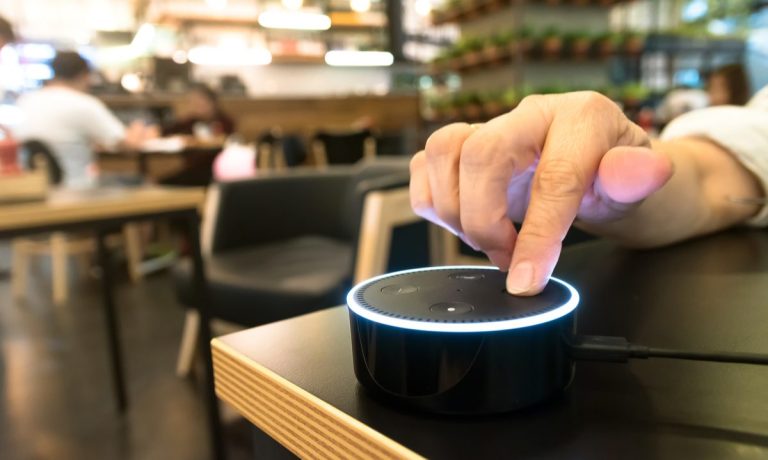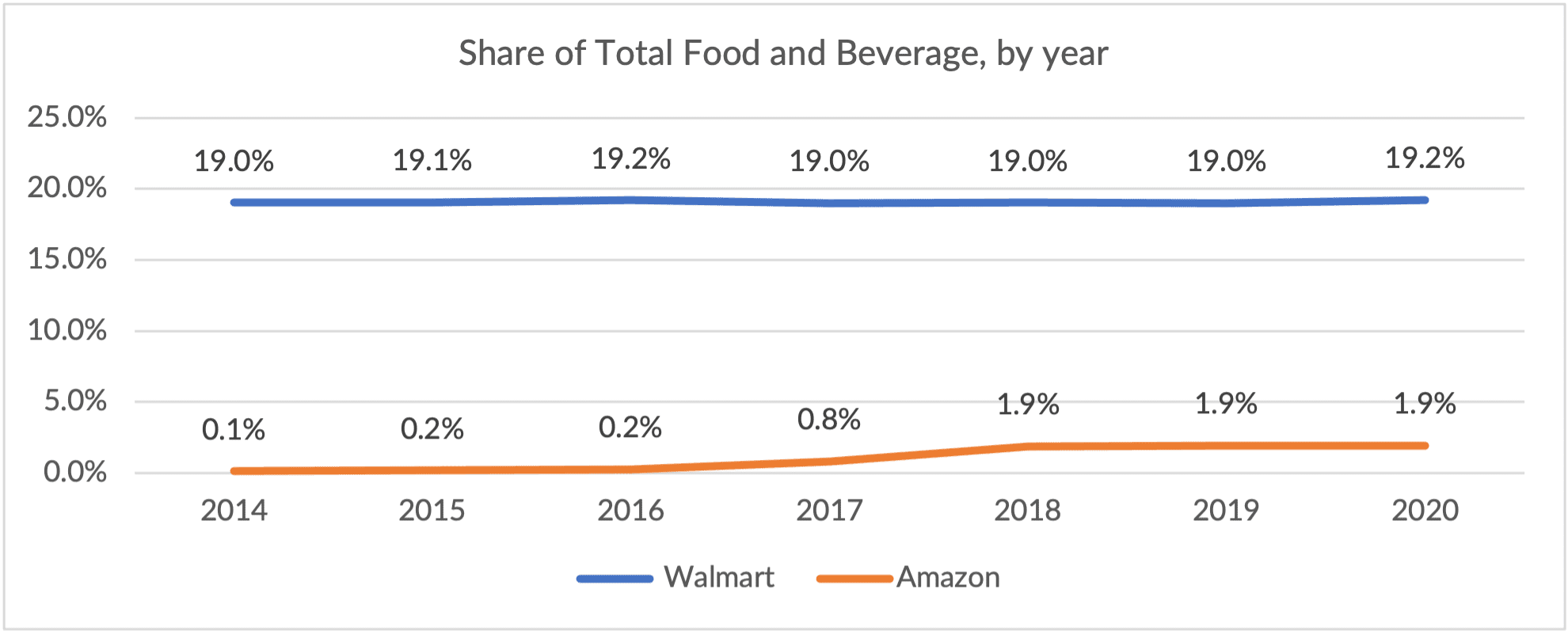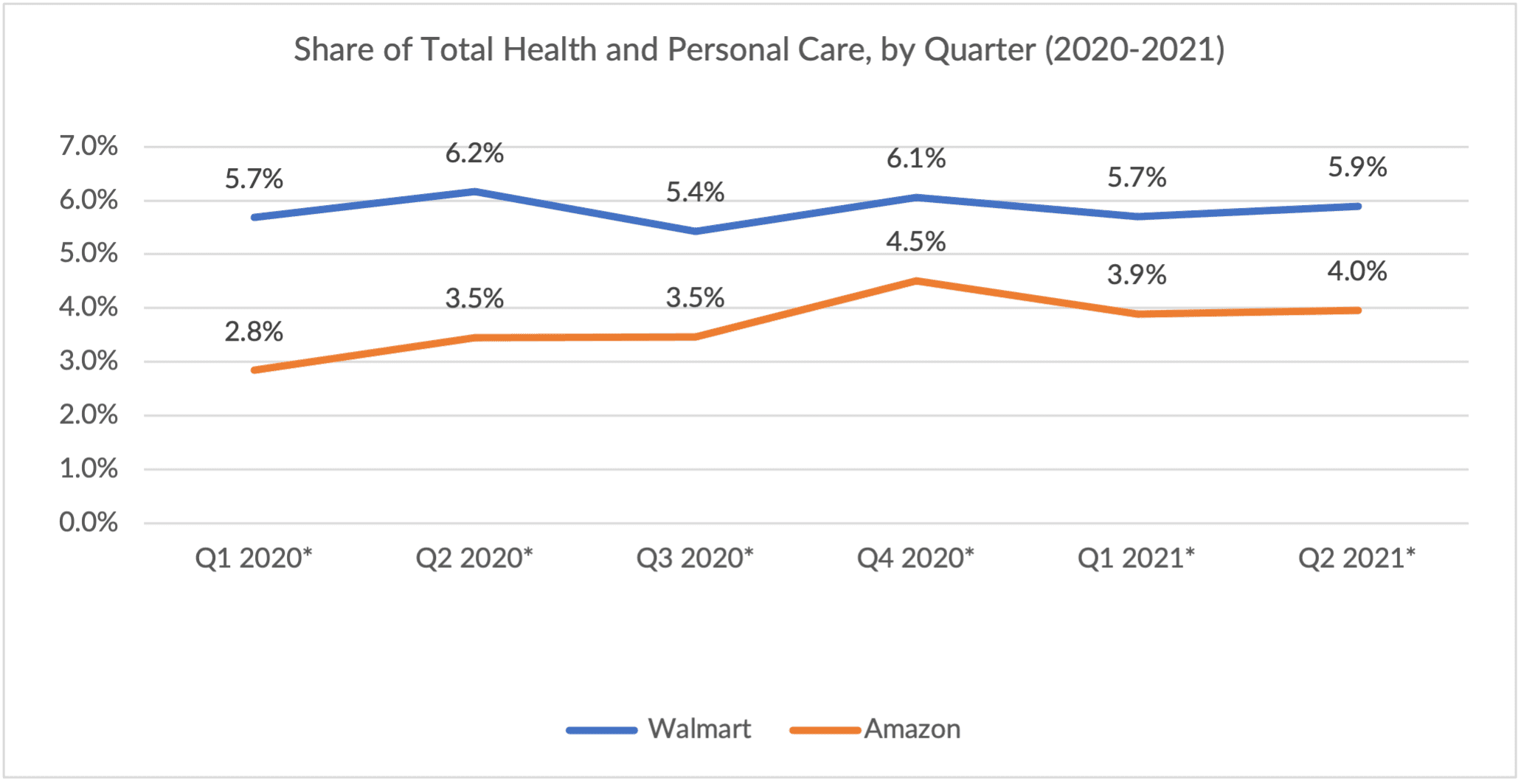
When you think of voice-powered assistants, the first thought is likely Alexa (sorry, Siri and Google Assistant) — Amazon’s offering has nearly two-thirds of the voice artificial intelligence (AI) market, giving the company a leg up in its connections to consumers.
Walmart, however, is taking a swing at creating a conversational platform of its own, acquiring technology assets from startup Botmock in order to offer designers, merchants, customer service and other non-technical teams the ability to develop voice and chat experiences without the need for coding.
Read more: Walmart Acquires Botmock Tech Assets to Advance Voice, Chat Tools
To be sure, it’s likely going to be difficult for Walmart to make much of an impact on the voice AI market, particularly because it does not have its own assistant for customers to talk to. Amazon, on the other hand, is pushing Alexa deeper into consumers’ lives as trust of the AI grows. In September, the company launched a home robot named Astro, powered by Alexa, as well as a slew of new devices and services for children, older relatives and families.
See: Amazon Leans on Alexa to Connect With ‘All Aspects of Consumers’ Lives’
And, as PYMNTS CEO Karen Webster noted recently, voice operating systems will power the connected economy, making it crucial that brands get on board sooner rather than later.
PYMNTS’ proprietary data show that as of the end of 2020, Amazon had a slight advantage over Walmart in capturing consumers’ total spending, with a 3.3% versus 3.1% share, respectively, though the box store giant, for now, remains the largest retailer in the U.S.

Going Big on Groceries
While Walmart tried to find its voice, Amazon this week opened its largest-yet Amazon Fresh grocery store with “Just Walk Out” cashierless technology, a 35,000-square-foot location in Westmont, Illinois. Consumers can choose to check out by scanning an Amazon app QR code upon entry, shopping as usual and then having items charged to their accounts using the retailer’s computer vision technology; or they can use traditional checkout lanes.
Related news: Grocery Roundup: Frictionless Checkout Goes Big with Amazon, Circle K
Amazon in recent months has been doing slow, furtive expansion of its Amazon Fresh grocery locations while providing little insight into the long-term vision of the brand. Last month, PYMNTS reported that the eCommerce giant had received approval for two new potential Amazon Fresh locations, in Braintree, Massachusetts, and Eden Prairie, Minnesota. Amazon did not confirm whether the locations were indeed grocery stores, but the architect, NORR, has connections to previous Amazon Fresh projects.
Read more: Amazon’s Grocery Footprint Grows with Amazon Fresh Expansion
But grocery is one of the few categories where Walmart still has a commanding lead that Amazon has been largely unable to erode despite a global pandemic that sent most purchases online for several months. In 2020, Walmart held approximately 19% of the grocery market, a share that has held consistent for years, according to PYMNTS data. Amazon, meanwhile, has just under 2% of the grocery market, a figure relatively unchanged since its 2017 acquisition of Whole Foods.

Chasing Healthcare Spending
Both Amazon and Walmart are also looking to capture more of consumers’ dollars beyond retail, with a particular focus on healthcare, which accounts for about 16% of a typical household’s annual spending, according to PYMNTS data.
For Amazon, that has recently looked like partnerships with assisted living centers and hospitals to help providers connect patients to information and entertainment while making the care team more efficient. Participants so far include senior living communities Atria and Eskaton, as well as hospitals like Boston Children’s Hospital, Cedars-Sinai, BayCare and Houston Methodist.
See: Amazon Teams with Hospitals, Assisted Living Centers to Boost Productivity
The company also earlier this year expanded its telehealth platform, Amazon Care, to employees in all 50 states and has begun signing other employers on to use the service.
Walmart, meanwhile, has been investing in its in-store clinics and services, acquiring telehealth provider MeMD earlier this year and partnering with health records platform Epic to create a portal for Walmart Health members. Earlier this week, the Arkansas-based retailer also unveiled a partnership with Elton John on a collection of eyewear.
More: Sam’s Club, Walmart Launching Elton John Eyewear Collection
If retail sales of health and personal care items are any indication of where consumers lean when it comes to healthcare, Walmart appears to have the lead. As of the end of the second quarter, Walmart had nearly 6% of the total health and personal care spend, compared to Amazon’s 4% share.

Still, several of Amazon’s initiatives likely won’t show up in data about consumer spending — at least, not yet. The eCommerce behemoth is instead quietly building infrastructure that connects it to consumers so that, when the time is right, Alexa can tap them on the shoulder to make a healthcare purchase.